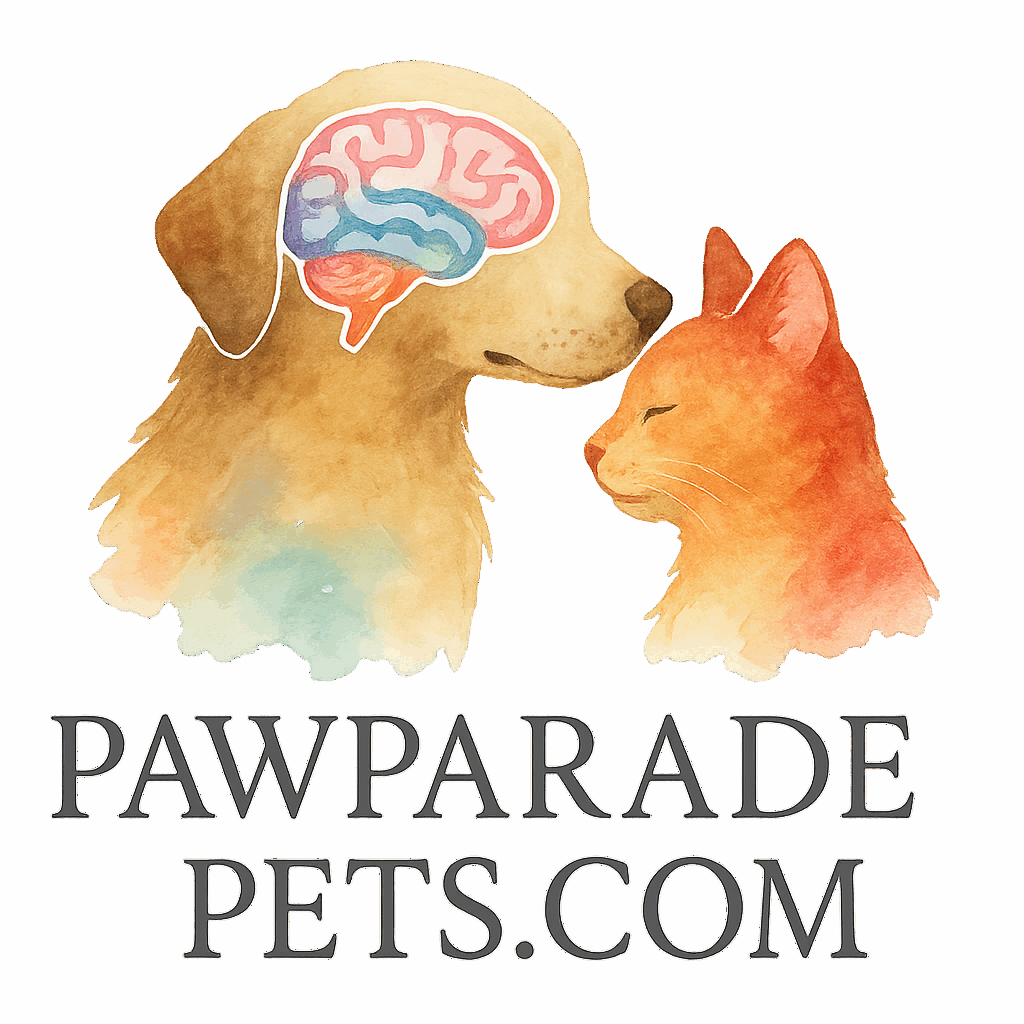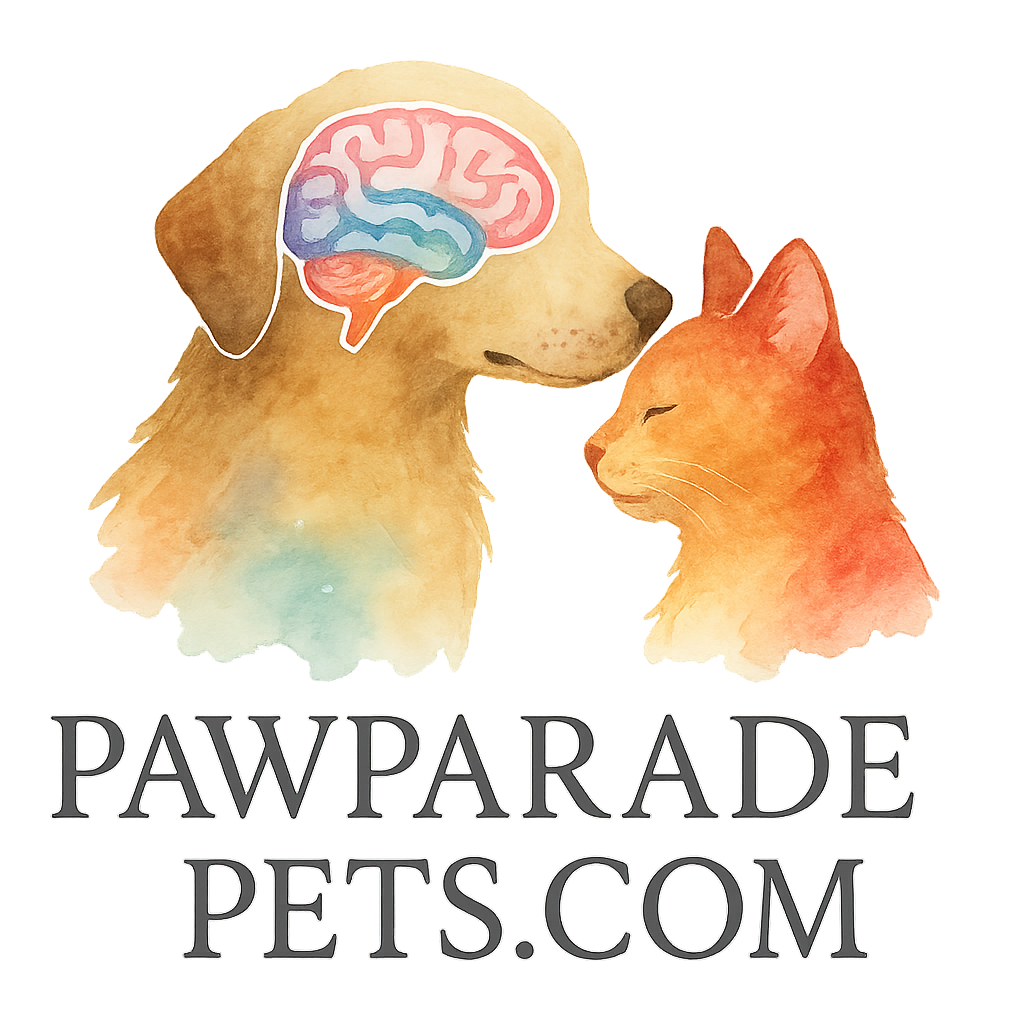If your pet already responds to your commands faster than your kids do, it might be time to level up their smarts! Welcome to the ultimate guide on memory training games designed for genius-level pets. Whether you’re parenting a clever canine or a bright feline, these games will not only entertain but also enhance cognitive functions in remarkable ways.
Let’s dive into the best memory games to give your fur-baby a mental workout!
Why Memory Training Matters for Pets
Cognitive Health and Pet Intelligence
Much like humans, pets benefit from mental stimulation to stay sharp. Engaging your pet in memory-focused play keeps their brain active, improving problem-solving, attention span, and even emotional intelligence.
Explore how advanced activities impact your pet’s cognition on our Advanced Cognitive Challenges page.
Behavioral Benefits of Brain Games
An occupied mind is a happy mind. Pets that engage in memory training often exhibit fewer destructive behaviors. No more chewed shoes or mysterious couch digging!
Get more behavioral training tips over at Behavior & Obedience.
How to Tell If Your Pet is Ready for Memory Training
Signs of a Smart or Bored Pet
Is your dog unlocking doors or your cat turning on the faucet? That’s a sign they need more stimulation. Pets that seek mental challenges usually find “creative” outlets—often to your home’s detriment.
Breed-Specific Intelligence
Some breeds are naturally gifted thinkers. Border Collies, Poodles, and Siamese cats are just a few examples. But remember, intelligence isn’t exclusive—every pet has untapped genius!
What Makes a Game Ideal for Pet Memory Training
Engagement and Fun Factor
If a game isn’t fun, your pet won’t bite—literally or figuratively. Great memory games include novelty, challenge, and a reward system. Aim for fun first, learning second.
Explore more Games & Activities tailored for all play styles.
Reward-Based Learning Principles
Positive reinforcement is the cornerstone. Use treats, clickers, or your pet’s favorite toy to build trust and encourage memory building. Learn more in our Brain Training Basics guide.
Game 1: The Shell Game
How to Play the Shell Game
Place a treat under one of three opaque cups and shuffle them. Ask your pet to “find it!” This encourages observational skills and memory tracking.
Boosting Mental Agility Through Observation
Increase difficulty by shuffling faster or adding more cups. This classic test of memory is great for dogs and cats alike.
Game 2: Treat Hide and Seek
Teaching Scent Memory
Hide a few treats around the house and encourage your pet to find them. Over time, hide the treats in harder-to-reach areas and let your pet use memory and scent together.
Advanced Levels for Brain Training Pros
Eventually, your pet will start checking past hiding spots—indicating recall development. It’s one of the best ways to boost their memory over time.
Check out more activities like this to keep your genius pet busy.
Game 3: Puzzle Feeders
Interactive Toys that Stimulate Thought
Puzzle feeders require pets to manipulate objects to get their food. They engage both paws and brains—ideal for clever paws.
Find your next brain-boosting toy in our Tools & Toys for Brain Training section.
Why Puzzle Toys Are a Must-Have
They slow down fast eaters and teach pattern recognition. It’s both healthy and educational—a double win!

Game 4: Name That Toy
Associative Memory for Vocabulary Growth
Start with two toys and assign each a name. Repeatedly ask your pet to bring “Ball” or “Duck.” Reward only correct choices.
Building Consistency Over Time
This game builds long-term memory and sharpens auditory processing. Eventually, your pet could recognize over 20 objects—yes, really!
Explore similar training techniques on our site.
Game 5: Follow the Sequence
Step-by-Step Memory Retention
Lay out a sequence of actions like “Sit,” “Paw,” “Spin,” and “Down.” Ask your pet to perform them in order. Increase the number as they master the pattern.
Turning Play into Problem-Solving
You’re building working memory. The more steps they remember, the smarter and more obedient they become.
Explore more on obedience strategies.
Game 6: Pattern Recognition Boards
Colors, Shapes, and Sensory Recall
Use DIY or store-bought boards with colored buttons or shapes. Ask your pet to press a specific color after showing it once.
Making It More Challenging
Add noises, moving parts, or timers. The goal is to train both short-term and long-term memory in dynamic situations.
Check out our tech and gadgets category for interactive boards.
Tools That Support Pet Brain Training
High-Tech Gadgets vs DIY Tools
You don’t need fancy gear—but it helps! Smart pet devices like talking buttons or AI puzzle toys are now widely available.
Where to Find Great Brain Training Toys
Browse our curated toys, devices, and interactive products. You’ll find options for all budgets.
Real-Life Success Stories
How These Games Changed Pets’ Lives
Many pet owners report calmer, smarter, and more confident pets after consistent memory training. Dogs that used to bark non-stop now wait for commands. Cats come when called—miracles do happen!
Why Consistency is Key
It’s not just the game—it’s the routine. Just 15 minutes a day can work wonders.
Tips to Maximize Your Pet’s Memory Training Routine
Time Management and Routine Setting
Keep sessions short but consistent—ideally 10–20 minutes daily. Mornings or evenings work best when pets are naturally alert.
Using Commands and Positive Reinforcement
Use clear, consistent language. Always follow up with praise, treats, or affection. Browse our commands tag for more.
Common Challenges and How to Overcome Them
Dealing with Frustration or Disinterest
If your pet loses interest, take a break. Avoid forcing it—learning should always be fun. Try switching to a new game.
When to Scale Difficulty
Watch for boredom or ease—then increase complexity. Don’t overwhelm them, though. Progress at your pet’s pace.
Conclusion
Memory training is more than a party trick—it’s a powerful way to bond with your pet while giving them a mental edge. These six games are not only fun but also scientifically proven to enhance your pet’s cognition, behavior, and emotional health.
Want to explore more? Check out our full range of brain training content at Paw Parade Pets!
FAQs
1. What’s the best age to start memory games with my pet?
It’s never too early or too late! Puppies and kittens are naturally curious, but even senior pets benefit from mental stimulation.
2. How often should I play memory games with my pet?
Aim for 10–20 minutes daily. Consistency is more important than duration.
3. What’s the best reward during memory training?
Use whatever motivates your pet most—treats, praise, toys, or even cuddles!
4. Are memory games better than obedience training?
They complement each other. Memory games boost intelligence, while obedience builds structure.
5. Can I use household items for DIY brain games?
Absolutely! Cups, boxes, and treats go a long way in building challenging puzzles.
6. My dog isn’t responding—what should I do?
Try a simpler game. Some pets need a confidence boost before advancing.
7. Are there memory games suitable for cats too?
Yes! Cats love puzzle feeders, treat hunts, and even name recognition games with consistency and rewards.


